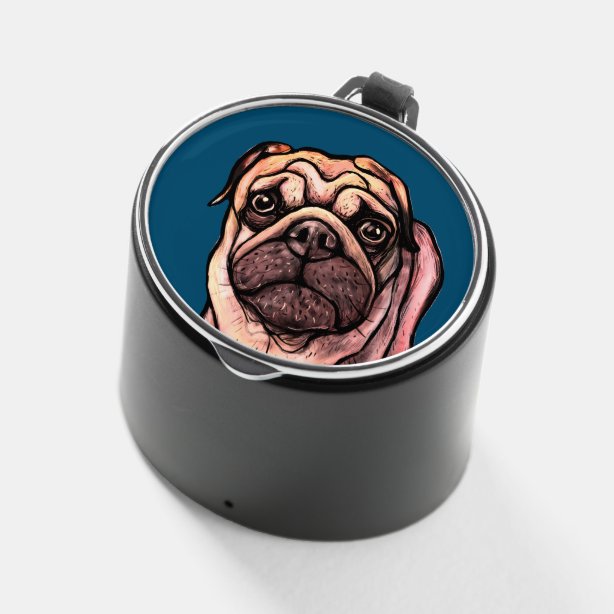

- #Add event listener in pug template how to#
- #Add event listener in pug template full#
- #Add event listener in pug template code#
For example, a button dispatches a click event when a user clicks on it an input dispatches a change event when the user enters a value in it. These changes typically occur due to user interaction. Events are the standard way that elements communicate changes. Stay tuned for the next blog posts on event listeners as I explore the other methods of listening to DOM events in Angular. Communicating between the event dispatcher and listener.
#Add event listener in pug template how to#
Lastly, just like in Angular event binding, you can also use Angular Pseudo-Events with I have written a blog post on Angular Pseudo-Events and touched on how to use them with so check out that blog post too. Having many directives that listen to the same event on the global elements could eventually hurt the performance of your application. However, it’s only recommended to set event listeners on window or document if you are sure that the directive will be used only once or very few times across the application. With you can access the event payload object through $event keyword: ) onMouseEnter(event: any) Passing and accessing arguments in the event handler method
#Add event listener in pug template code#
See the MDN documentation on composedPath for more information.So by using you can let Angular do the proper removals and clean up for you, and your code will also remain clean, concise, and declarative. The component constructor is a good place to add event listeners on the component.
#Add event listener in pug template full#
See EventTarget.addEventListener() on MDN for full details. To be notified of an event dispatched from the component's slotted children as well as children rendered into shadow DOM via the component template, you can add a listener to the component itself using the standard addEventListener DOM method. For example, a toolbar element might filter a list when a menu item is selected a login element might process a login when it handles a click on the login button.Īdding event listeners to the component or its shadow root to “Adding event listeners to the component or its shadow root” # For example, a menu element might dispatch an event to indicate the selected item changed a popup element might dispatch an event when the popup opens or closes.Īny Javascript code, including Lit elements themselves, can listen for and take action based on events. In addition to these standard events that are automatically dispatched, Lit elements can dispatch custom events.
Adding event listeners in the element template.


 0 kommentar(er)
0 kommentar(er)
